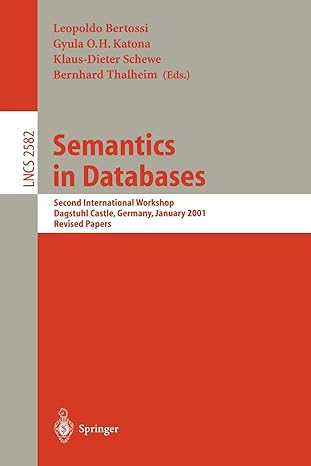Answered step by step
Verified Expert Solution
Question
1 Approved Answer
# Tests for isNumber def test_isNumber_1 (): assert isNumber(1) == False def test_isNumber_2 (): assert isNumber( - 1) == True def test_isNumber_3 (): assert isNumber(True)
# Tests for isNumber def test_isNumber_1(): assert isNumber("1") == False def test_isNumber_2(): assert isNumber(-1) == True def test_isNumber_3(): assert isNumber(True) == False def test_isNumber_4(): assert isNumber(3.14) == True def test_isNumber_5(): assert isNumber([0]) == False
def isNumber(item): ''' - Return True if item is of type int or type float, otherwise return False. - You can check if item is an int with type(item) == int, and a float with type(item) == float ''' return "stub"
Step by Step Solution
There are 3 Steps involved in it
Step: 1

Get Instant Access to Expert-Tailored Solutions
See step-by-step solutions with expert insights and AI powered tools for academic success
Step: 2

Step: 3

Ace Your Homework with AI
Get the answers you need in no time with our AI-driven, step-by-step assistance
Get Started


